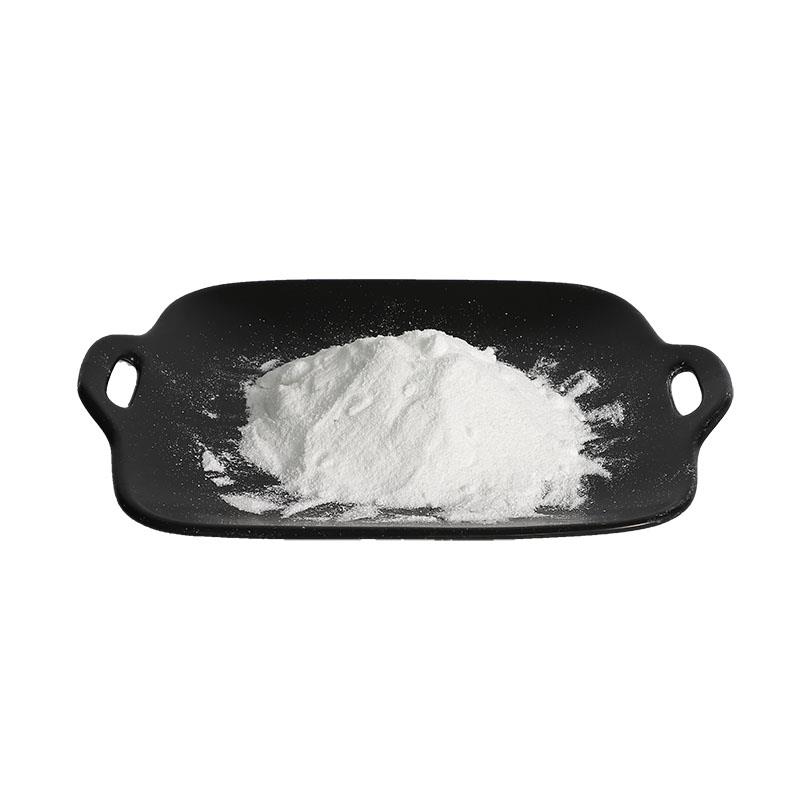Glucose is a sugar with the molecular formula C6H12O6. The name "glucose" comes from the Greek word γλυκός, meaning "sweet wine, must". The suffix "-ose" is a chemical classifier, denoting a carbohydrate. It is also known as grape sugar. With 6 carbon atoms, it is classed as a hexose, a sub-category of monosaccharides. D-glucose is one of the 16 aldohexose stereoisomers. The D-isomer (D-glucose), also known as dextrose, occurs widely in nature, but the L-isomer (L-glucose) does not. Glucose is made during photosynthesis from water and carbon dioxide, using energy from sunlight. The reverse of the photosynthesis reaction, which releases this energy, is a very important source of power for cellular respiration. Glucose is stored as a polymer, in plants as starch and in animals as glycogen, for times when the organism will need it. Glucose circulates in the blood of animals as blood sugar. Glucose can be obtained by hydrolysis of carbohydrates such as milk, cane sugar, maltose, cellulose, glycogen etc. It is also, however, manufactured by hydrolysis of cornstarch by steaming and diluting acid.
| Chemical Name | aldehydo-D-glucose |
|---|
| Synonyms | D-(+)-Glucose,Dextrose;D(+)-Glucose;D-(+)-Glucose;D-(+)-Dextrose;(2R,3S,4R,5R)-2,3,4,5,6-Pentahydroxyhexanal; |
|---|
| CAS No. | 50-99-7 |
|---|
| Molecular Formula | C6H12O6 |
|---|
| Molecular Weight | 180.15600 |
|---|
| PSA | 118.22000 |
|---|
| LogP | -3.37880 |
|---|
